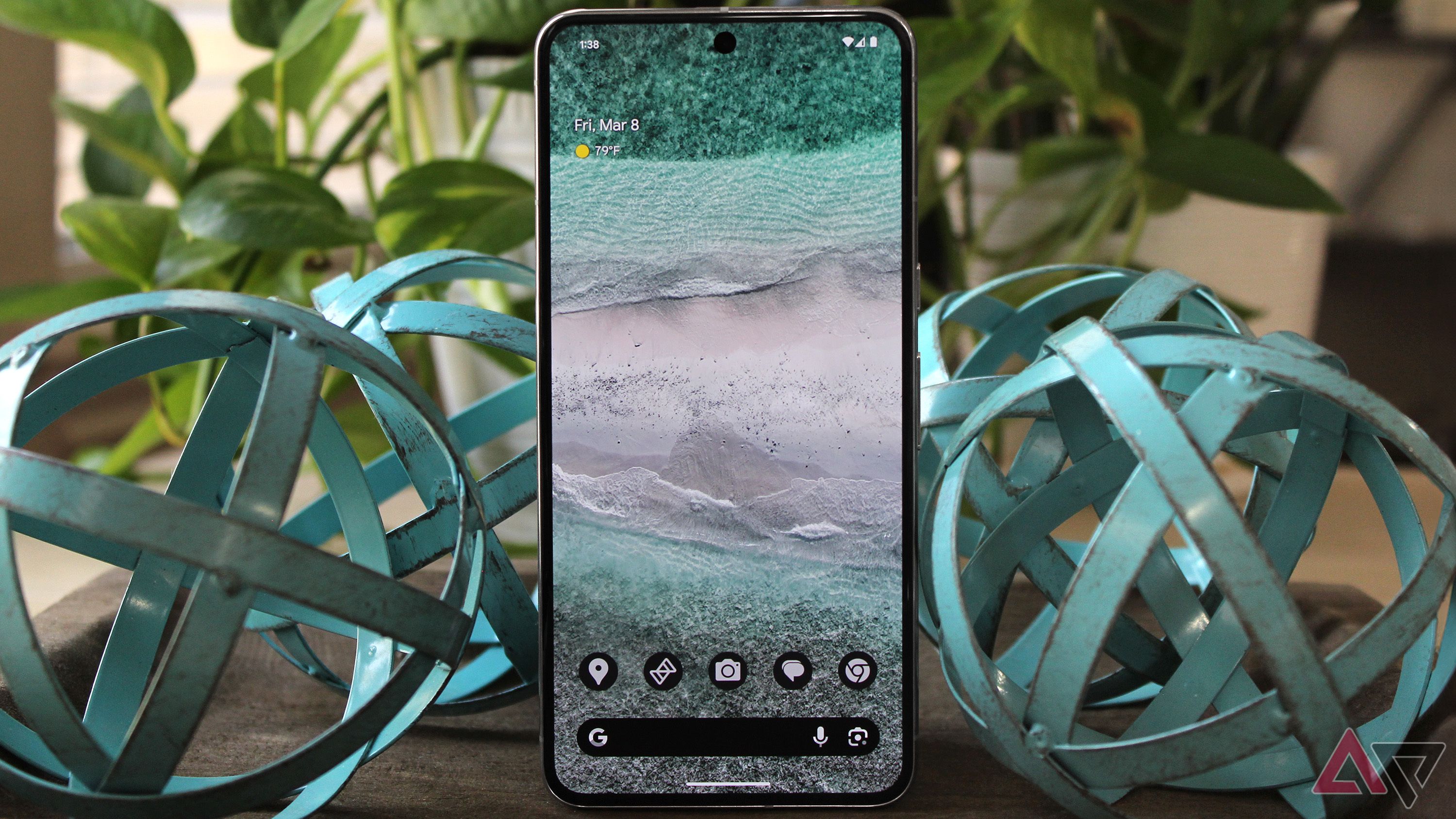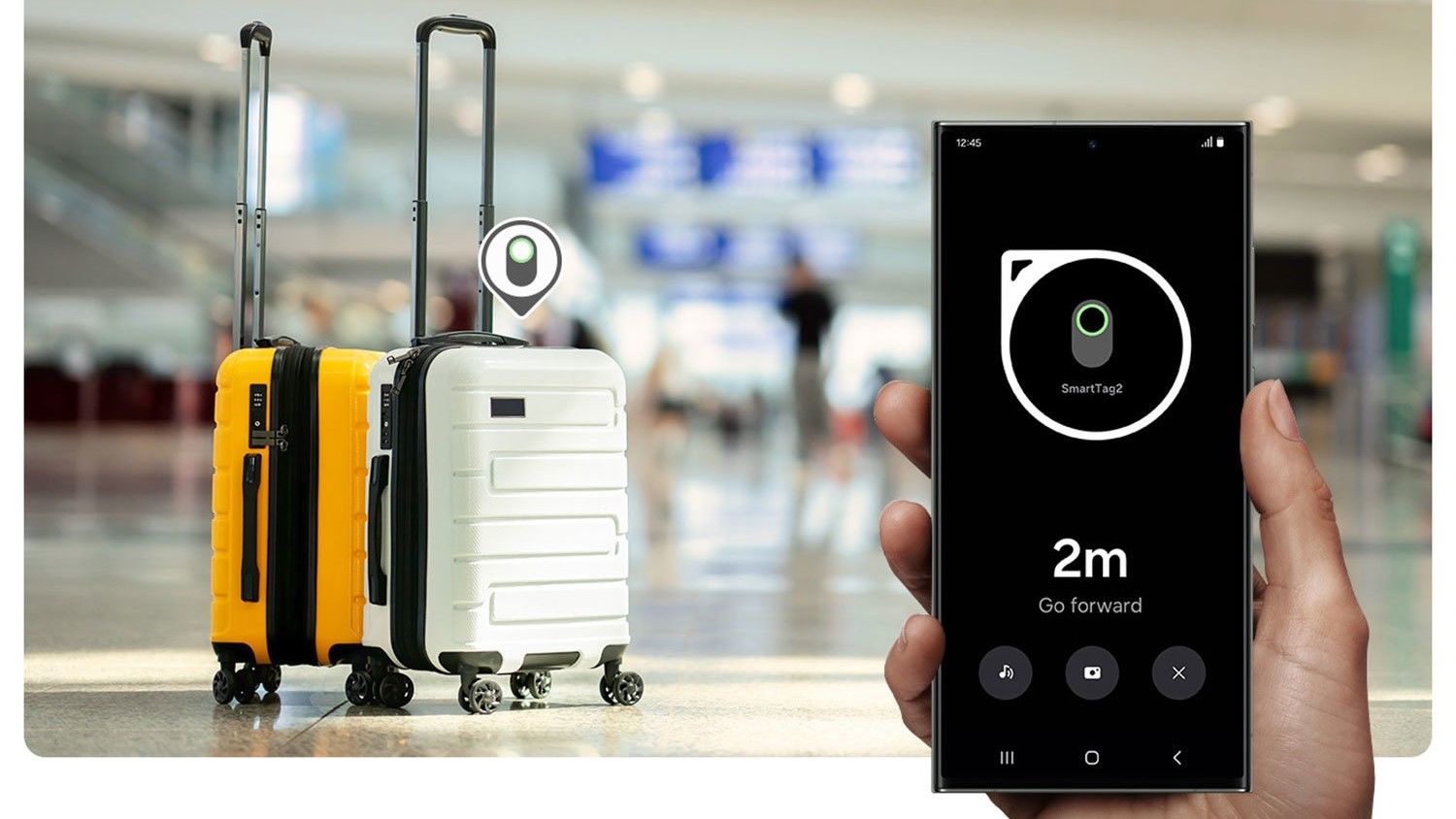Ultra-wideband (UWB) is a short-range wireless communication protocol that operates at higher frequencies than other short-range communication protocols like Bluetooth.
More and more devices use UWB technology, including Android smartphones like the Google Pixei 8 Pro, health sensors, and digital car keys. The iPhone 11 was the first phone to include UWB in 2019, while the Samsung Galaxy Note 20 Ultra was the first Android phone with it in 2020.
Ultra-wideband (UWB): A brief introduction
Ultra-wideband is often compared to Bluetooth as they are both low-energy, short-range wireless communication protocols. However, the protocol operates at a higher frequency and with a larger bandwidth. This gives it numerous advantages over Bluetooth, including a longer range and reduced probability of signal interference. A device using UWB acts like a radar that identifies, locks on, and communicates with objects.
A higher frequency and larger bandwidth means that UWB determines the location of an object within a couple of centimeters and operates over longer distances, allowing it to perform a greater range of tasks than Bluetooth. The additional information that UWB communicates allows the adoption of security protocols that make hacking the signal virtually impossible.
Common places where you’ll see UWB in action

How to enable ultra-wideband (UWB) on your Android phone
Manage your car, smart home devices, and precisely locate lost items by using UWB on Android
Ultra-wideband’s greater accuracy and range allow it to perform tasks that require short-range accuracy, including:
- Keyless car or door entry: The security protocols of UWB mean thieves cannot imitate your digital car or door key.
- File transfer: Android phones with UWB support use it to enhance Nearby Share’s capabilities.
- Tracking: Trackers with UWB can locate lost items within centimeters.
- Smart home devices: Smart speakers can adjust the volume of music depending on which room you’re in
- Navigation: Know exactly where you are in complex indoor rooms
While UWB has been in consumer devices since 2019, adoption has been somewhat slow. iPhones and a handful of Android flagships have the technology. It’s included in location trackers like the AirTag and Samsung Galaxy SmartTag 2. It’s also becoming common in new cars, as manufacturers can use Android digital car key for keyless entry and comfort adjustments.
The stats behind UWB
Below, we compare UWB’s statistics to Wi-Fi and Bluetooth as it promises to replace these wireless communication protocols in certain areas.
|
UWB |
Wi-Fi |
Bluetooth |
|
|
Frequency (GHz) |
3.1GHz – 10.6GHz |
2.4GHz – 6GHz (can be higher in uncommon situations |
2.45GHz |
|
Speed (MB/s) |
100Mbps |
5.5Mbps – 2Gbps |
1MBps (24Mbps in Bluetooth low-energy) |
|
Range |
200m |
90m |
10m |
|
Accuracy |
10cm – 30cm |
3 – 5m |
5m |
|
Battery consumption |
Low |
Low |
Low |
|
Interference vulnerability |
Low |
High |
High |
Everything your smartphone can do with UWB
Most Samsung and Google Pixel flagships have UWB baked in, but it’s not as prominently advertised as Bluetooth LE or 5G connectivity. The Android phones that sport UWB can use it to improve Nearby Share and location tracking (such as with the Samsung Galaxy Smart Tag 2). You don’t need UWB for these features, as they can operate over Bluetooth or Wi-FI, but ultra-wideband provides faster transfer speeds and more precise location tracking.
UWB promises a faster and more accurate future for wireless communication
As the adoption of UWB grows, our devices will work faster and more accurately over short distances. You’ll never wander through your house looking for your lost phone again.
Don’t confuse UWB with Verizon’s Ultra Wideband, which is the name for the company’s high-band and mid-band 5G networks. If you have a 5G phone, it’s worth understanding why you may not get the speeds advertised.





